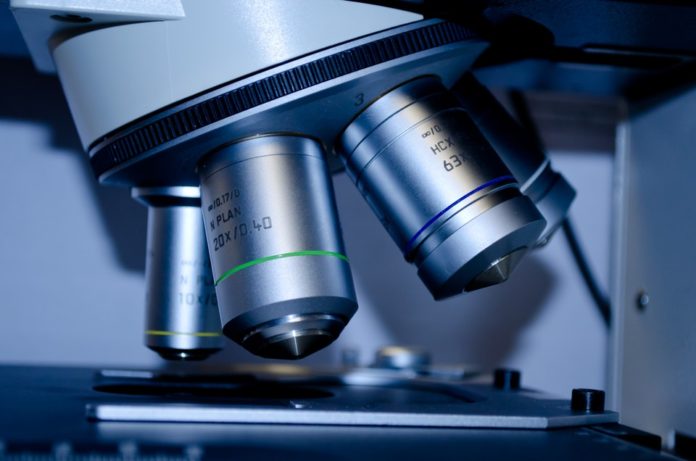Setting Up Your Own Laboratory: A Guide | If you work in an industry where a laboratory is needed, then running your own might be preferable to renting space. However, a laboratory isn’t as simple to set up as an office, it involves a lot of equipment and careful planning to ensure it’s safe and efficient. Here’s how you can setup your own lab.
Choose the equipment and have it shipped to you
Laboratories have a lot of high-tech equipment, most of which comes from overseas, which can be a challenge to move successfully from A to B. It’s worth making sure you have the space ready for the new equipment, and to use services such as healthcare logistics from Rhenus High Tech, which is an excellent way to have equipment delivered, and to use for your own shipping needs.
You should also look at the right software to aid the work you’re doing. This will depend on what you plan to do, but managing your laboratory workflow with software is one example of something you might want to put into place.
Have your lab certified
Labs have to be certified, which shows that they are safe and following the processes needed for their industries. Many labs can only operate if they get a lab certification, so if you want to get to work, you should do this first. This will first and foremost make sure your lab is safe for employees, and it also means if you have to meet certain QA requirements, then your lab is set up to do so. This pharmaceutical warehousing can be a good place to visit for further guidance in this regard.
Follow health and safety advice
Because of the nature of work and the materials used, accidents often happen in labs. Firstly, you need to understand the health risks in laboratories, then put safeguards in place to ensure you avoid as many accidents or injuries as possible. Unfortunately, problems do occur in labs, so you should also make sure you have the right first aid kit, including:
- Eye wash
- Burns kit
- Bandages
- Enough supplies for all employees
There are health and safety laws about the amounts and types of first aid kits you need, so make sure your business is compliant before you begin work.
Train staff properly
Even if your staff have been to university or have lab experience, they’ll need to be trained specifically on the equipment in your lab. Make sure you have a plan for the best way to train everyone so that you can be sure they’re safe and also know exactly what they’re doing every day.
Well-trained staff are much more efficient and are more likely to be safe in your lab, which is why it’s important that they go through training before they start working with you. You should also find out if there are any reasonable adjustments you need to make so they can do their job better.
Laboratories can be complex places, full of expensive equipment that will need to be used safely and looked after. If you are building a laboratory from the ground up, you’ll need to make sure it can be kept clean and safe, and that people can use it to do their jobs effectively. This will ensure you can get the correct certification and use the lab for the purposes it was built for.














